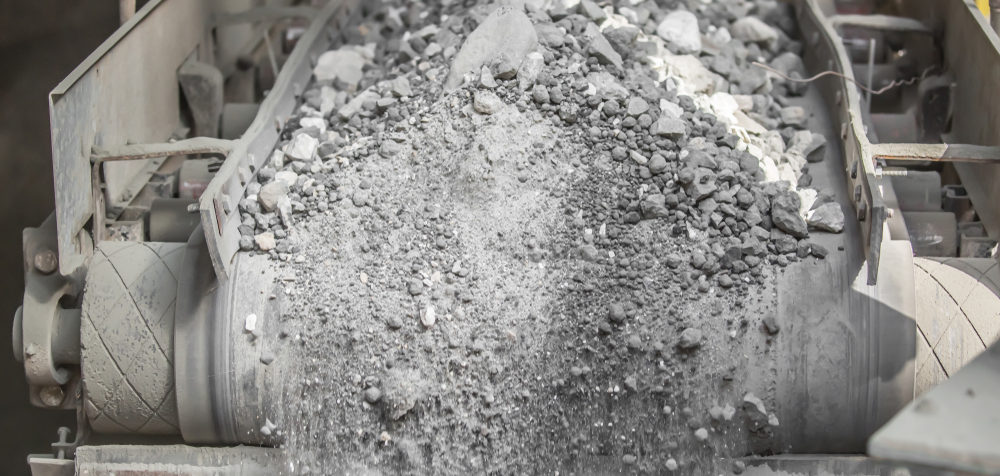
The Department of Energy has awarded US$3.2 million to Solar MEAD – a joint project headed by CEMEX, Sandia National Laboratories, and Synhelion – which has the goal of decarbonizing cement production. The project aims to replace the use of fossil fuels with concentrated solar thermal (CST) energy in clinker production, the key component in cement.
“Cement produced with solar energy is an exciting technology with tremendous potential to reduce the carbon footprint of cement production,” said Fernando A. González, CEO of CEMEX. “Achieving our net zero carbon goal by 2050 will require relentless innovation such as this to discover and scale breakthrough technologies.”
Cement clinker is a solid material produced in the manufacture of Portland cement as an intermediary product. It is produced by fusing limestone, clay, and other materials in a rotary kiln at temperatures nearing 1,500 degrees Celsius. Fossil fuels are typically used to heat the kiln and are responsible for approximately 40% of the direct CO2 emissions of the process.
CEMEX and Synhelion’s work with introducing CST into the cement production process was able to successfully complete a laboratory-scale demonstrative pilot in 2022 by producing the first-ever solar clinker. Synhelion’s new technology delivers high-temperature process heat beyond 1,500 degrees Celsius to produce clinker without the use of fossil fuels.
This latest round of funding will be used to look for methods to reduce carbon dioxide emissions, lower process temperatures, and increase the efficiency of clinker formation using solar energy. The team will also assess the conditions to maximize heat transfer to the raw cement mix.
“Few renewable technologies are capable of generating heat at the temperatures needed to process raw cement feedstock,” said Nathan Schroeder, principal investigator for the Solar MEAD project. “This project will advance our understanding of how to use concentrating solar technology to gather and deliver the heat to existing cement production facilities and will have crosscutting relevance to other ore processing industries such as refractory, ceramics, and battery production.”
